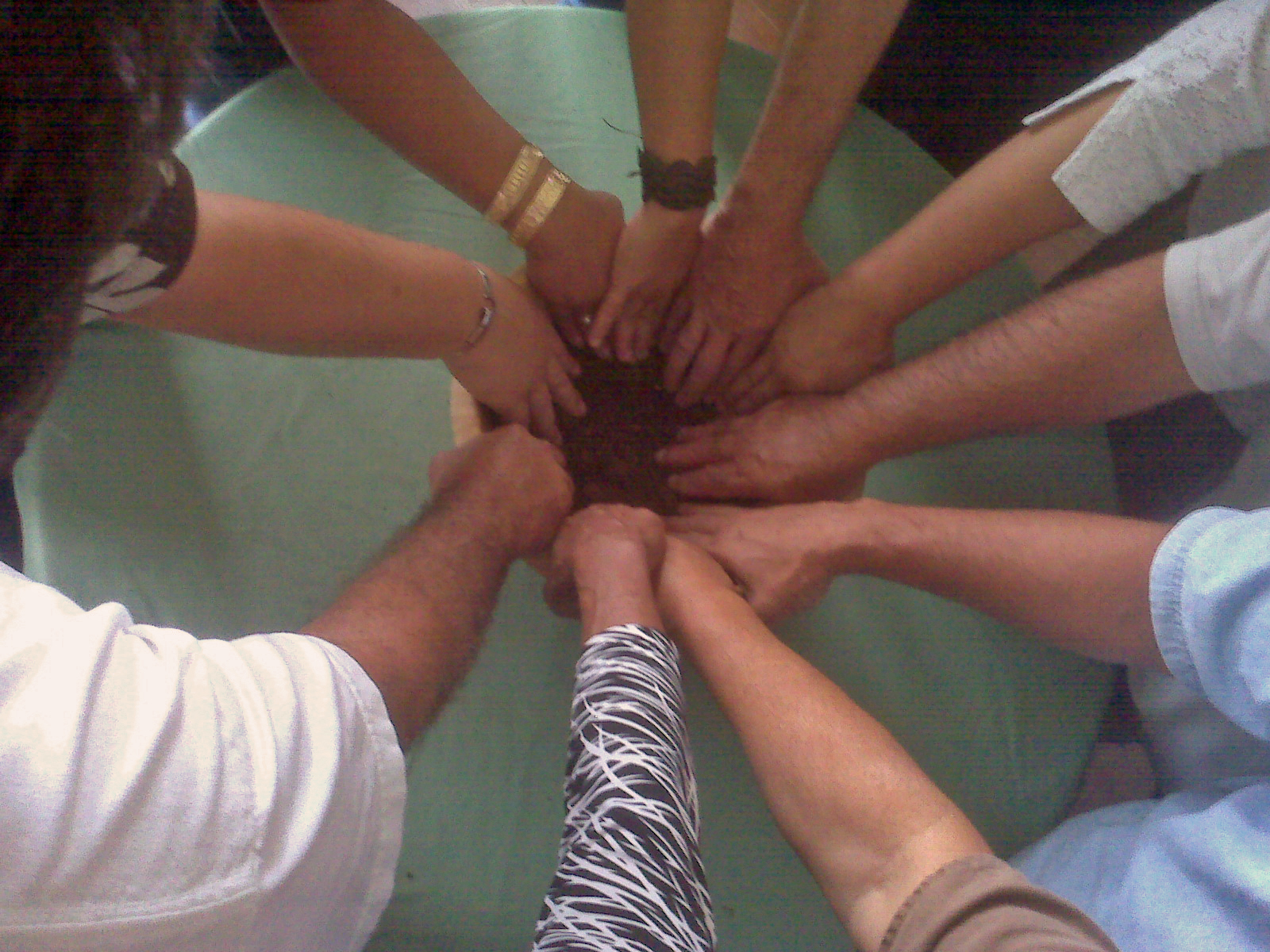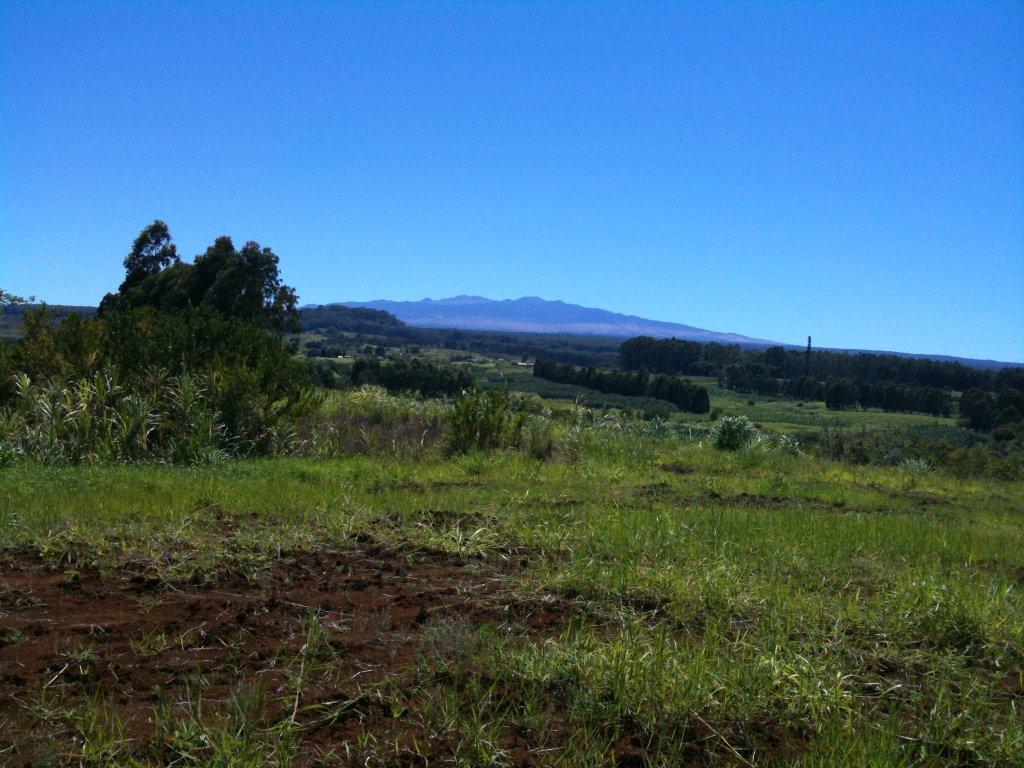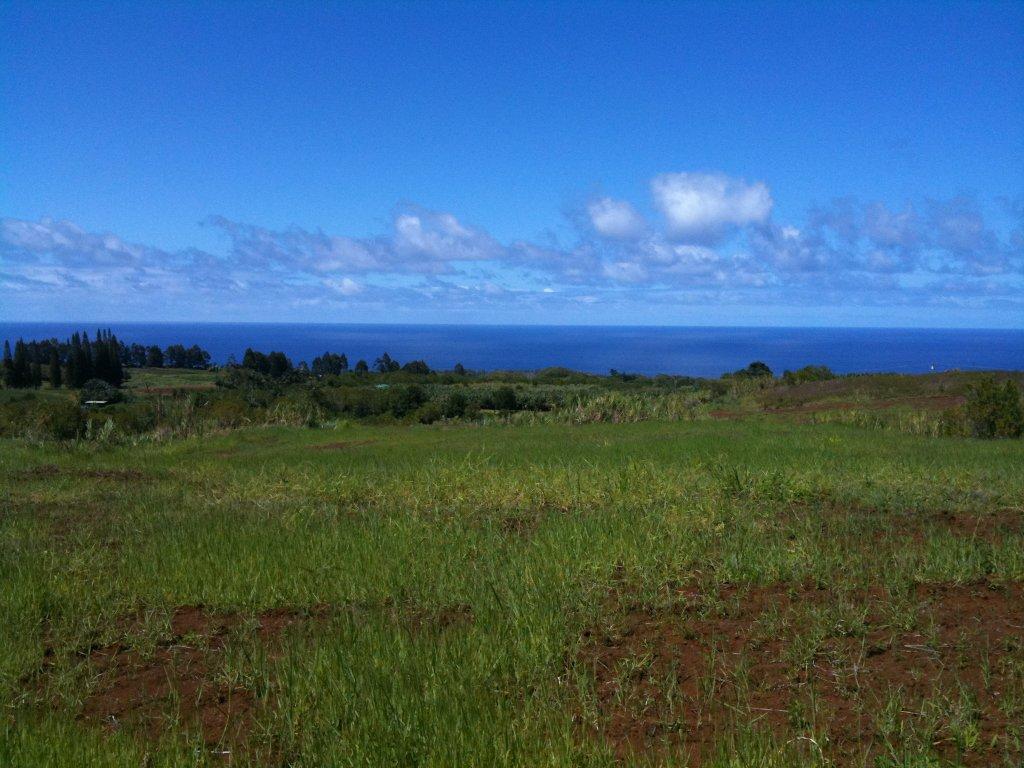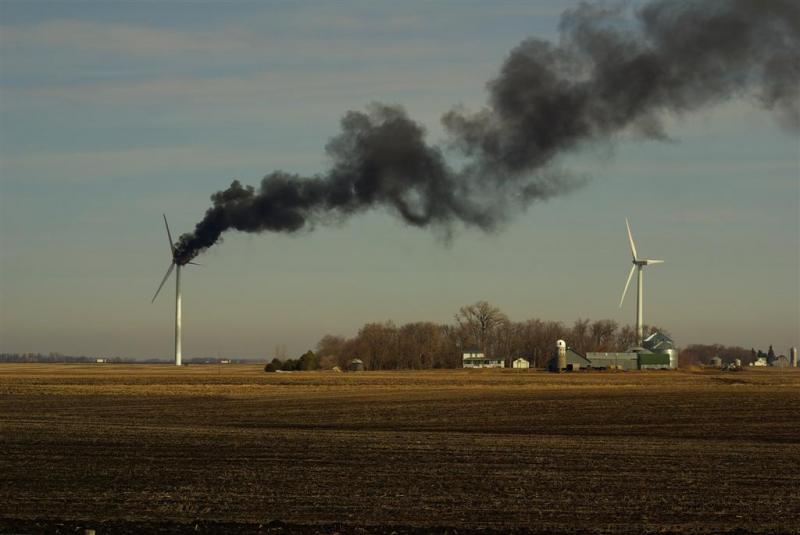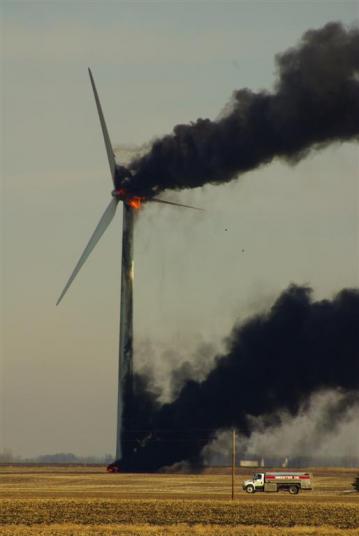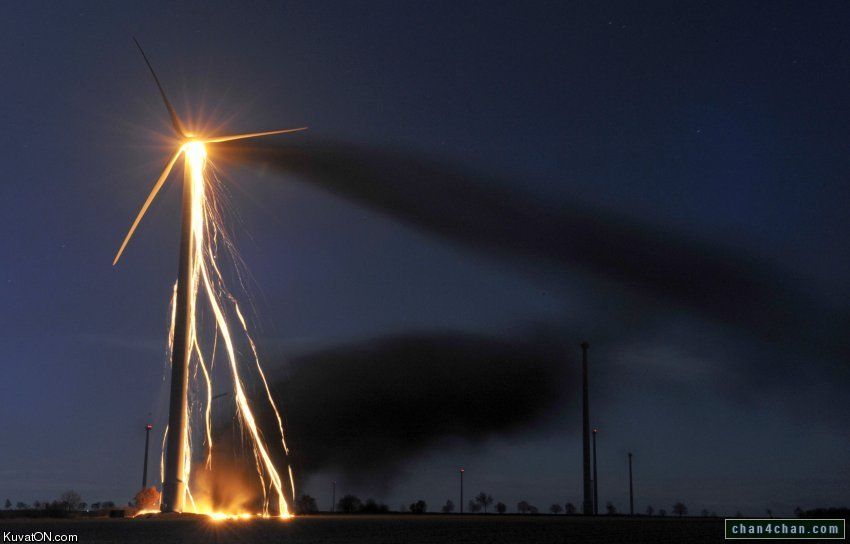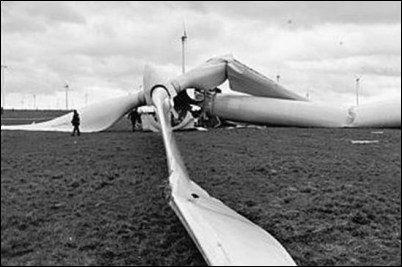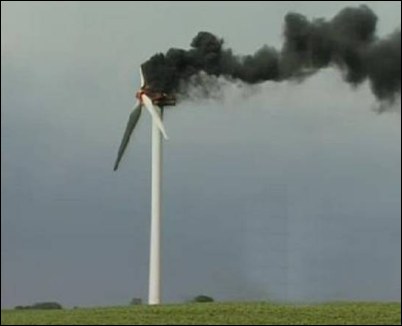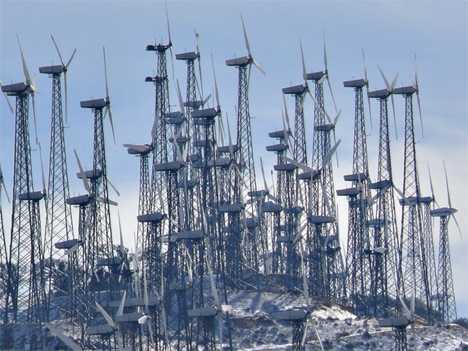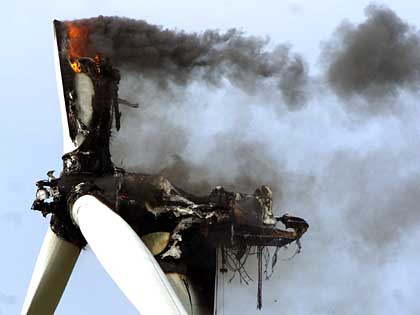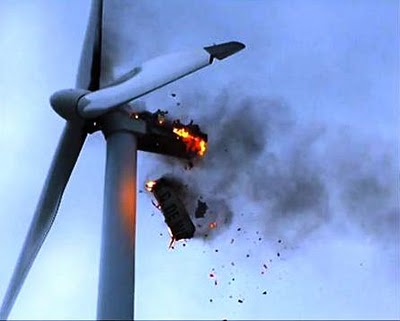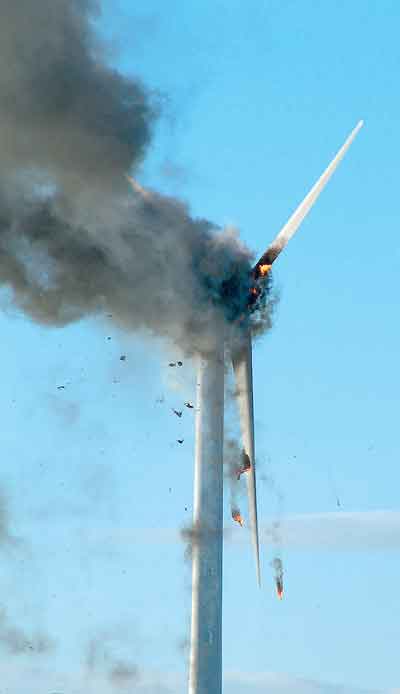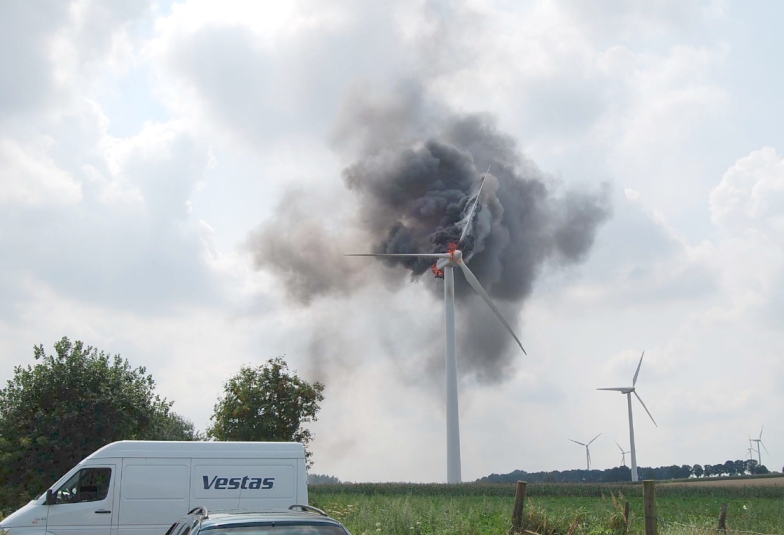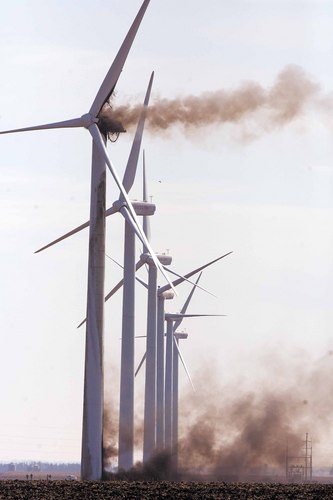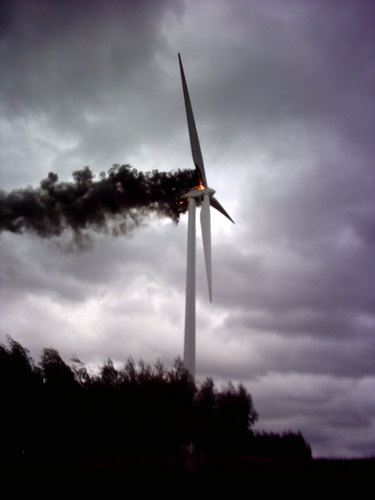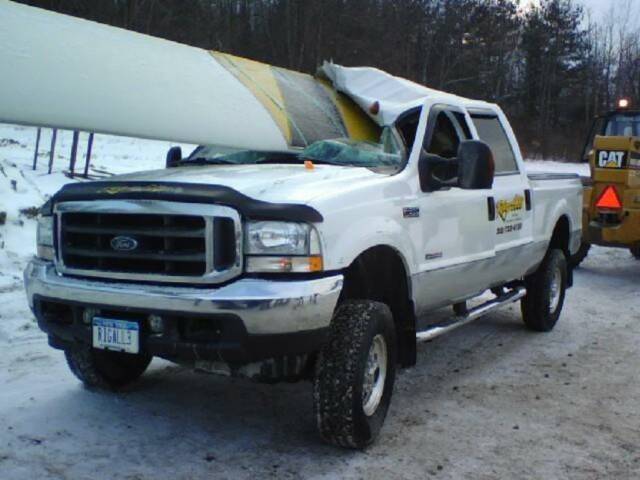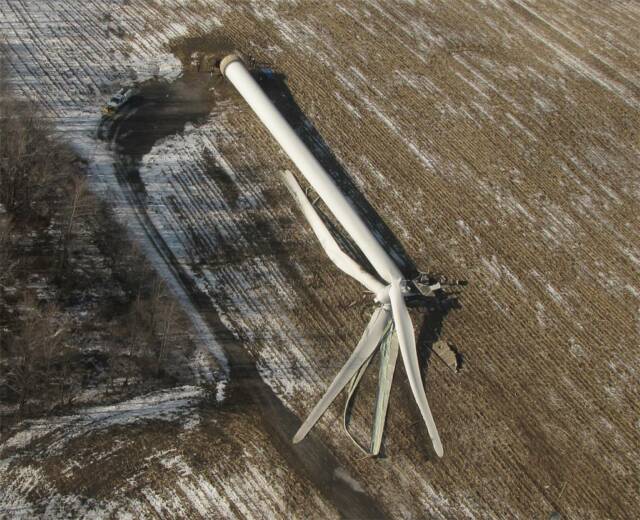More than a year ago, before Elizabeth Warren was head of the Troubled Asset Relief Program (TARP), and before the position as head of the new Bureau of Consumer Financial Protection existed, I wrote that she was one of my heroes.
This New York Times opinion piece says: “President Obama should nominate Elizabeth Warren to head the new Bureau of Consumer Financial Protection, and not only because of her credentials.”
I like her because she is smart and has common sense. The other side, though, is fighting her tooth and nail. Can we rely on their judgment when they bungled things so badly?
Warren is an outspoken critic of America’s credit economy, which she has linked to the continuing rise in bankruptcy among the middle-class. Here is a video of her talk at UC Berkeley.
From my previous post about her:
Her talk covers much more than that, though. [Editor Leslie’s note: I just sat and watched that entire one-hour video, practically without blinking. I didn’t have time to, but it is fascinating and I watched it all the way to the end. I highly recommend it.]
Some of her points: In the 1970s, a married couple with two kids had one parent in the workforce and saved 11 percent of their income. To get into the middle class, their kids needed to get a high school diploma and to be willing to work hard. That 12 years of education that their children needed, to get into the middle class, was free.
Warren says that the most important thing that happened in the first two-thirds of the 20th century was that women entered the work force.
In the 2000’s, a similar married couple with two kids must have two people in the work force – because, she says using numbers adjusted for inflation, median mortgage payments in 2005 are 76 percent higher than they were in 1970. Health insurance – in a healthy family with employee-sponsored health insurance – costs the family 74 percent more. Childcare costs have increased 100 percent, and as compared to the 1970s family a 2000s family has the expense of a second car because of that second person in the workforce, and because of that second income their tax rate is up by 25 percent.
In comparable dollars, the 2005 family is actually spending much less on clothes, food, appliances and cars than the 1970s family did; it’s the non-flexible, big ticket and important expenses that have increased so dramatically and that require that second income.
So a comparable married couple with two kids in 2005 has no savings (compared to the 1970s couple, who saved 11 percent of their earnings), and 15 percent of their income is in credit card debt as they try to keep up.
To launch their kids into the middle class requires 16 years of schooling, and the 2005 family has to pay for the first two years (preschool) and the last four years (college) themselves.
She also discusses how, compared to the 1970s, hospitals now send people home “quicker and sicker” (their phrase, she says) in order to control costs, and the family is shown how to and expected to care for, say, a post-surgery patient themselves. Which generally requires someone taking time off work.
And there is so much more on that video. It is a real eye-opener.


